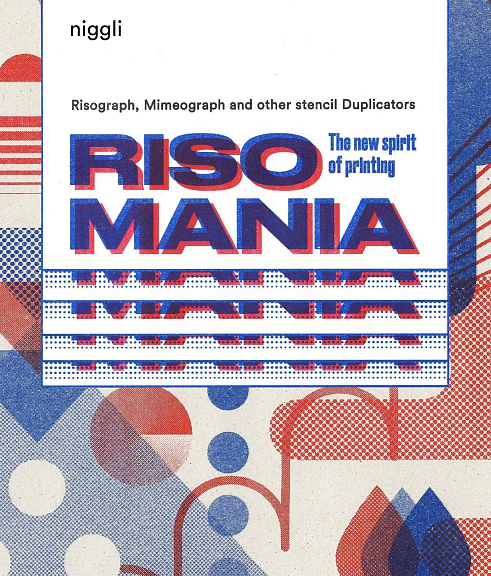-
Книги
- Нонфикшн
- Гуманитарные науки
- Деловая литература
- Естественные / Точные науки
- Книгоиздание
- Лайфстайл
- Словари / Энциклопедии
- Художественная литература
- Детектив
- Драматургия
- Классическая проза
- Мифология. Эпос
- Поэзия
- Собрания сочинений
- Современная художественная проза
- Фантастика. Фэнтези
- Биографии / Мемуары
- Графические романы / Комиксы
- Детские книги
- Воспитание. Педагогика
- Детский досуг
- О детских книгах
- Познавательная литература
- Художественная литература для детей
- Журналы / Зины
- Архитектурные
- Гуманитарные
- Журналы о моде
- Зарубежная периодика
- Искусство / Фотография
- Кино / Театр
- Лайфстайл
- Книги «Подписных изданий»
- Книги на иностранных языках
- Английский язык
- Испанский язык
- Итальянский язык
- Книги на иностранных языках для детей
- Немецкий язык
- Финский язык
- Французский язык
- Шведский язык
- Книги о кино
- Книги о музыке
- Книги о средневековье
- Книги о театре
- Книги о фотографии
- Книги об искусстве / Книги об архитектуре
- Альбомы по искусству
- Архитектура
- Декоративно-прикладное искусство
- Живопись
- Искусствоведение
- Орнаменты
- Прочее
- Танец
- Татуировка
- Творческое развитие
- Книги по философии
- Кулинарные книги
- Николай Солодников рекомендует
- Предзаказ
- Про дизайн / Про моду
- Путеводители / Книги о путешествиях
- Канцелярские товары
-
Подарки
- Брошки и значки
- Гирлянды
- Закладки
- Игры
- Календари
- Наклейки
- Наши сувениры
- Открытки
- Всякие-разные
- Наборы открыток
- Поздравления
- Про любовь и другие хорошие чувства
- С писателями и поэтами
- С цветами, овощами и фруктами
- С цитатами и другими фразами
- Подарочные сертификаты
- Постеры
- Прочее
- Сумки и шоперы
- Упаковка
- Подарочные сертификаты
Адрес магазина: Санкт-Петербург, Литейный пр., 57
Risomania: The New Spirit of Printing
| Автор | Komurki J. Z. |
|---|---|
| Издательство | Niggli Verlag |
| Год издания | 2017 |
| Переплет | Твёрдый |
| Страниц | 232 |
| Формат | 211x261 мм |
| Язык | Английский |
| ISBN | 978-3-72120966-2 |
| Артикул | 1144424 |
Risography, named after the Japanese firm Riso, is a digital printing process based on screen printing techniques that was developed in the transition phase from mechanical to digital printing. Although the printer looks like a copying machine, the colors are transferred onto the paper without the use of heat or chemicals, saving energy and making the process ecologically friendly. The Risograph printer is at the forefront of a new creative explosion. More and more artists and designers all over the world are rediscovering this stencil duplicator for themselves, sparking a unique and unexpected renaissance in analogue printing. And Risography is just the most prominent technique in a new wave of cutting-edge contemporary design, one that is also recuperating forgotten technologies such as the Gestetner and the mimeograph. A comprehensive introduction that addresses past, present and future is followed by an essay about the key pioneers in the contemporary risography scene. In the chapter Risoworld notable risography-oriented publishers, printers and design studies from around the world are presented. At the heart of the volume are fabulous, hugely diverse examples of Riso-printing, including postcards, magazines, posters, flyers, and experimental printed products, all of which inspire through vivacity of colour, unique textures and, above all, the perfectly imperfect authenticity of Risography.
Подписка на рассылку
Мы будем присылать вам обзоры книг, промокоды и всякие-разные новости


